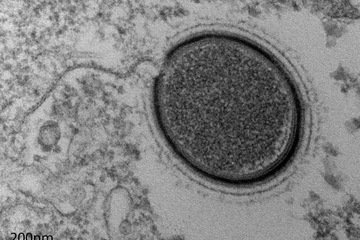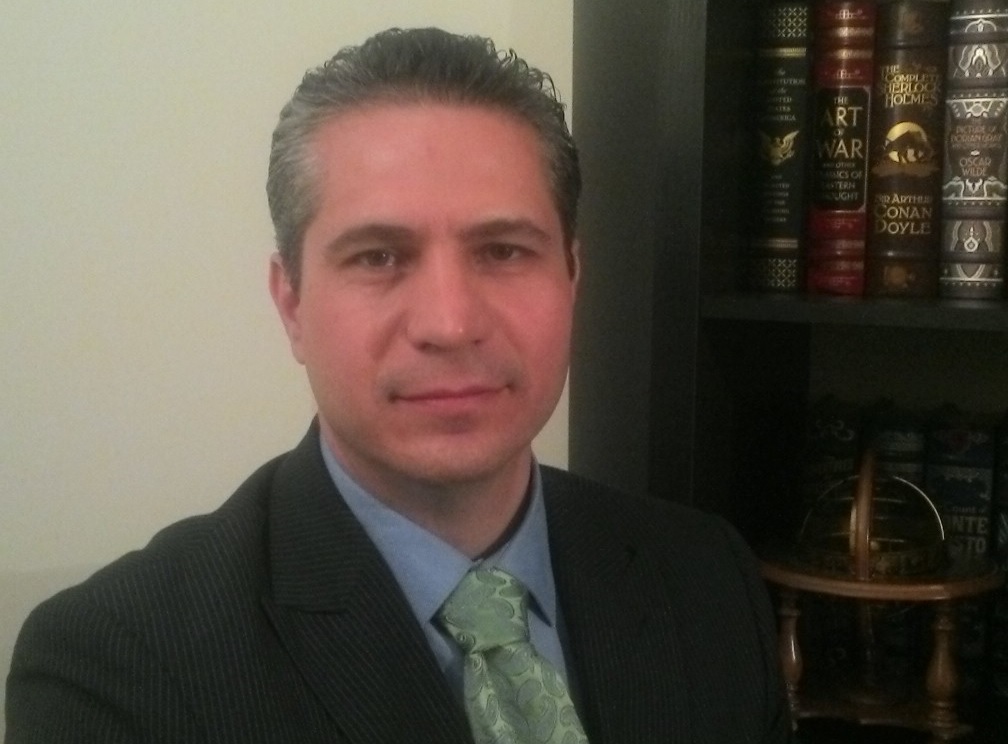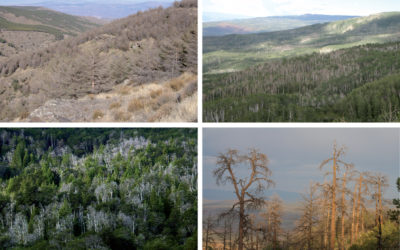Stephanie Papas wrote a great article on 9-15-2015 in Livescience.com about giant frozen viruses, one that is 30,000 years old which scientists were able to revive. Though not infectious to humans they are able to infect amoebas.
Chantal Abergel, a scientist at the National Center for Scientific Research at Aix-Marseille University in France and co-author of a new study suggested that precautions should be taken when drilling and moving permafrost in the region.
“The researchers’ technique to isolate and study these viruses doesn’t pose a threat to humans or animals, Abergel said, but it’s possible that dangerous viruses do lurk in suspended animation deep belowground, she said. These viruses are buried deep, so it’s likely that only human activities — such as mining and drilling for minerals, oil and natural gas — would disturb them. The discoveries of the giant viruses reveal that they can remain infectious for at least tens of thousands of years, Abergel said. So far, however, scientists have yet to discovery any ancient human-infecting giant viruses.”
The big part of these articles is that these viruses could be revived through the process of global warming.
http://www.livescience.com/52175-ancient-giant-virus-revived-siberia.html
http://www.pnas.org/content/early/2015/09/02/1510795112.abstract
About me: Sean McClure is a former Senior Advisor at the White House. Sean is currently the Suspension and Debarment Advisor to the Department of the Treasury and with over 15 years of experience working at the White House, Department of the Treasury, USAID, and Department of State. He has traveled extensively to 35 countries in Africa, Asia, Latin America and Europe.



